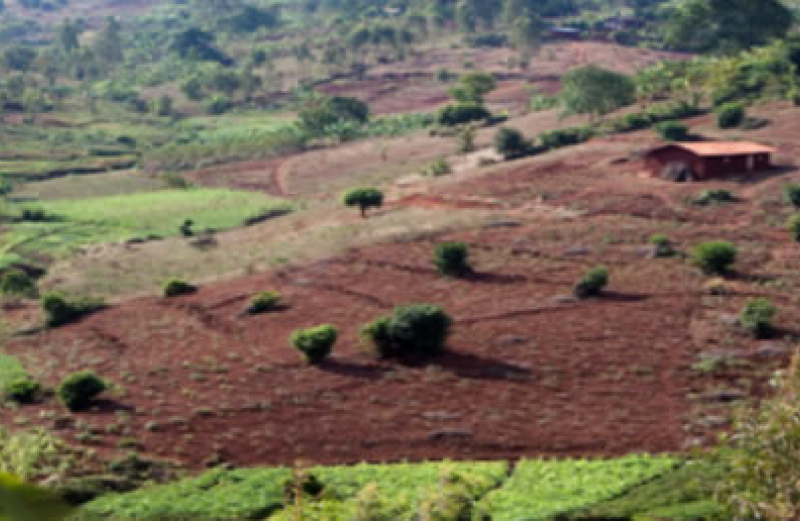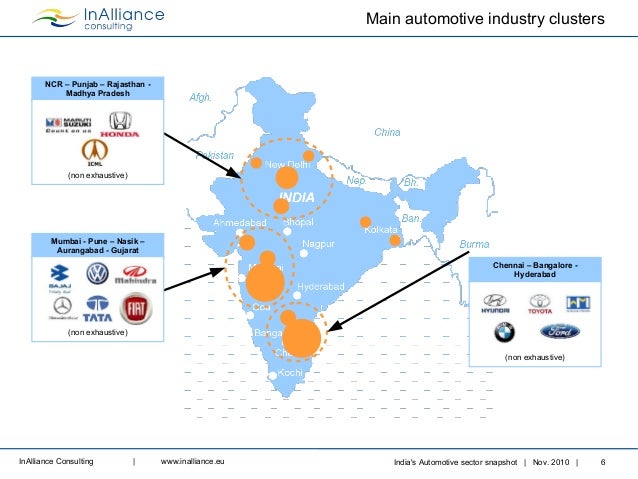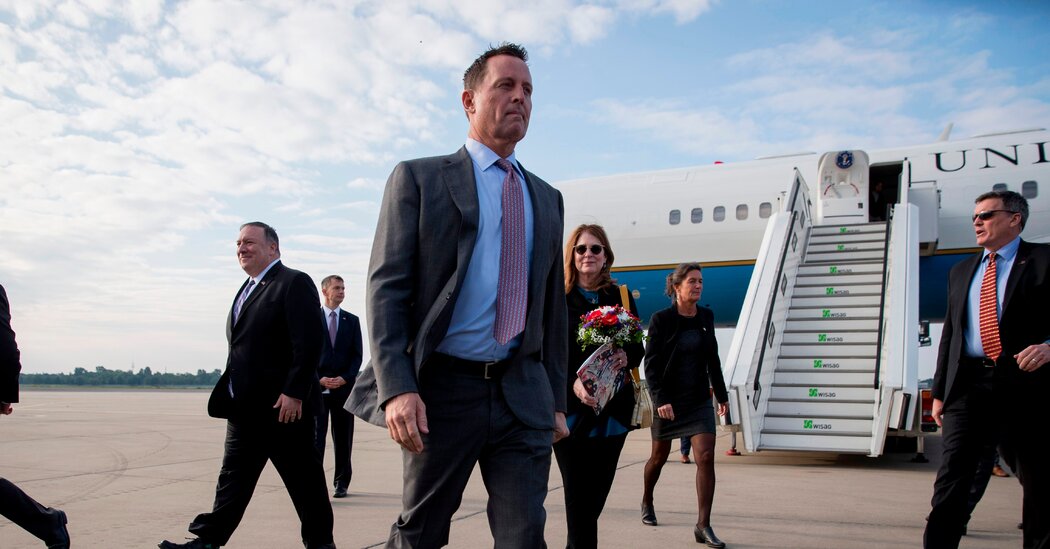Climate Change Adaptation And The Future Of Work In Africa

Table of Contents
The Impact of Climate Change on African Workforces
The impacts of climate change are already severely affecting African workforces, disrupting traditional livelihoods and creating new vulnerabilities.
Agricultural Sector Disruption
Climate change significantly impacts agricultural productivity, a primary source of employment for a large portion of the African population. Changes in rainfall patterns, increased frequency of droughts and floods, and rising temperatures directly affect crop yields and livestock health.
- Crop failures: Reduced harvests lead to food insecurity and decreased incomes for farmers.
- Livestock losses: Extreme weather events and water scarcity result in significant livestock mortality, impacting livelihoods and food security.
- Reduced incomes: Lower agricultural yields translate to lower incomes, pushing many farmers into poverty and increasing rural-urban migration.
- Increased food prices: Reduced crop yields drive up food prices, impacting the affordability of food for all segments of society.
This necessitates a shift towards climate-smart agriculture, incorporating drought-resistant crops, efficient irrigation techniques, and improved soil management practices. Diversifying income sources through activities like agroforestry and livestock integration is also crucial for building resilience within the agricultural sector. Improving food security and enhancing drought resilience are key priorities for agricultural adaptation strategies.
Increased Vulnerability in Other Sectors
The impacts of climate change extend beyond agriculture, affecting various sectors and increasing overall climate vulnerability.
- Fishing: Coastal erosion and rising sea levels threaten fishing communities, reducing fish stocks and impacting the livelihoods of those dependent on fishing.
- Tourism: Extreme weather events, such as cyclones and floods, damage tourism infrastructure and deter visitors, impacting the tourism sector and related jobs.
- Construction: Increased frequency of extreme weather events leads to infrastructure damage, requiring costly repairs and disrupting construction projects.
Building infrastructure resilience is critical. Developing sustainable tourism practices that minimize environmental impact and promoting disaster risk reduction strategies are vital for mitigating the negative impacts of climate change on these sectors.
Adaptation Strategies for a Climate-Resilient Workforce
Building a climate-resilient workforce requires proactive adaptation strategies focused on skills development, job creation, and social protection.
Investing in Skills Development and Education
Targeted training programs are essential for equipping workers with the skills needed for a changing job market.
- Climate-resilient agriculture techniques: Training farmers in drought-resistant farming practices, water conservation, and sustainable land management.
- Renewable energy technologies: Providing training in the installation and maintenance of renewable energy systems (solar, wind, etc.).
- Disaster preparedness and management: Equipping communities with skills in disaster risk reduction, early warning systems, and emergency response.
- Water resource management: Training in efficient water use, water harvesting techniques, and water management technologies.
Investing in skills development and vocational training, coupled with enhanced climate education, is vital for creating a workforce capable of adapting to the challenges of climate change. This will lead to the creation of numerous green jobs.
Promoting Green Jobs and Sustainable Entrepreneurship
Creating jobs in sectors addressing climate change offers significant opportunities for economic growth and development.
- Renewable energy: Generating jobs in the manufacturing, installation, and maintenance of renewable energy infrastructure.
- Sustainable agriculture: Supporting climate-smart agricultural practices and promoting organic farming.
- Eco-tourism: Developing sustainable tourism initiatives that minimize environmental impact.
- Waste management: Creating jobs in waste recycling, composting, and waste-to-energy projects.
Promoting a green economy that aligns with the Sustainable Development Goals (SDGs) is essential. Supporting entrepreneurship and providing access to climate finance can help stimulate the growth of green businesses and create employment opportunities.
Strengthening Social Safety Nets
Social protection programs are vital for supporting vulnerable populations impacted by climate change.
- Unemployment benefits: Providing financial assistance to workers who lose their jobs due to climate-related events.
- Disaster relief: Providing emergency assistance to communities affected by extreme weather events.
- Access to healthcare and education: Ensuring access to essential services for vulnerable populations.
Strengthening social protection mechanisms is crucial for achieving climate justice and reducing vulnerability. This approach fosters inclusive growth that benefits all members of society.
The Role of Policy and Innovation
Effective policy and technological innovation are crucial for successful climate change adaptation in Africa.
Government Policies and Regulations
Supportive government policies are essential for promoting climate adaptation and green growth.
- Investment in climate-resilient infrastructure: Building infrastructure capable of withstanding extreme weather events.
- Incentives for green businesses: Providing tax breaks and subsidies to encourage investment in green technologies and businesses.
- Climate change mitigation and adaptation policies: Implementing policies to reduce greenhouse gas emissions and promote adaptation strategies.
Strong climate policy and robust environmental regulations are fundamental for creating an enabling environment for climate action. Strategic investment in infrastructure is key to building resilience.
Technological Innovation and Digital Solutions
Technology plays a significant role in improving climate resilience.
- Early warning systems for extreme weather: Providing timely warnings to communities at risk of extreme weather events.
- Precision agriculture: Using technology to optimize water and fertilizer use, increasing crop yields while minimizing environmental impact.
- Climate modeling and forecasting: Improving climate predictions to better inform adaptation strategies.
Harnessing technological innovation and deploying digital solutions enables data-driven decision-making, improving the effectiveness of adaptation efforts.
Conclusion
Climate change adaptation presents unprecedented challenges to the future of work in Africa, impacting various sectors and requiring proactive adaptation strategies. Investing in skills development, promoting green jobs, strengthening social safety nets, and fostering policy innovation are crucial for building a climate-resilient workforce. Addressing climate change adaptation is essential for securing a sustainable future for African workers. Let's collaborate on innovative solutions and policy frameworks to tackle climate change adaptation in Africa and build a resilient and prosperous continent.

Featured Posts
-
 Mission Impossible Dead Reckoning Part Two Behind The Scenes In Svalbard
Apr 26, 2025
Mission Impossible Dead Reckoning Part Two Behind The Scenes In Svalbard
Apr 26, 2025 -
 Mission Impossible 7 Analyzing Tom Cruises Intense Stunt Work
Apr 26, 2025
Mission Impossible 7 Analyzing Tom Cruises Intense Stunt Work
Apr 26, 2025 -
 A Military Base And The Us China Power Play Strategic Implications
Apr 26, 2025
A Military Base And The Us China Power Play Strategic Implications
Apr 26, 2025 -
 Santos Last Ditch Defense Strategy
Apr 26, 2025
Santos Last Ditch Defense Strategy
Apr 26, 2025 -
 Investing In Chinas Automotive Sector Risks And Rewards
Apr 26, 2025
Investing In Chinas Automotive Sector Risks And Rewards
Apr 26, 2025
Latest Posts
-
 Bangkok Post The Fight For Transgender Equality Continues
May 10, 2025
Bangkok Post The Fight For Transgender Equality Continues
May 10, 2025 -
 Discussions On Transgender Equality Intensify Bangkok Post Reports
May 10, 2025
Discussions On Transgender Equality Intensify Bangkok Post Reports
May 10, 2025 -
 Experiences Of Transgender Individuals Under Trumps Executive Orders
May 10, 2025
Experiences Of Transgender Individuals Under Trumps Executive Orders
May 10, 2025 -
 Bangkok Post Reports On The Mounting Pressure For Transgender Rights
May 10, 2025
Bangkok Post Reports On The Mounting Pressure For Transgender Rights
May 10, 2025 -
 The Impact Of Trumps Presidency On Transgender Rights
May 10, 2025
The Impact Of Trumps Presidency On Transgender Rights
May 10, 2025
